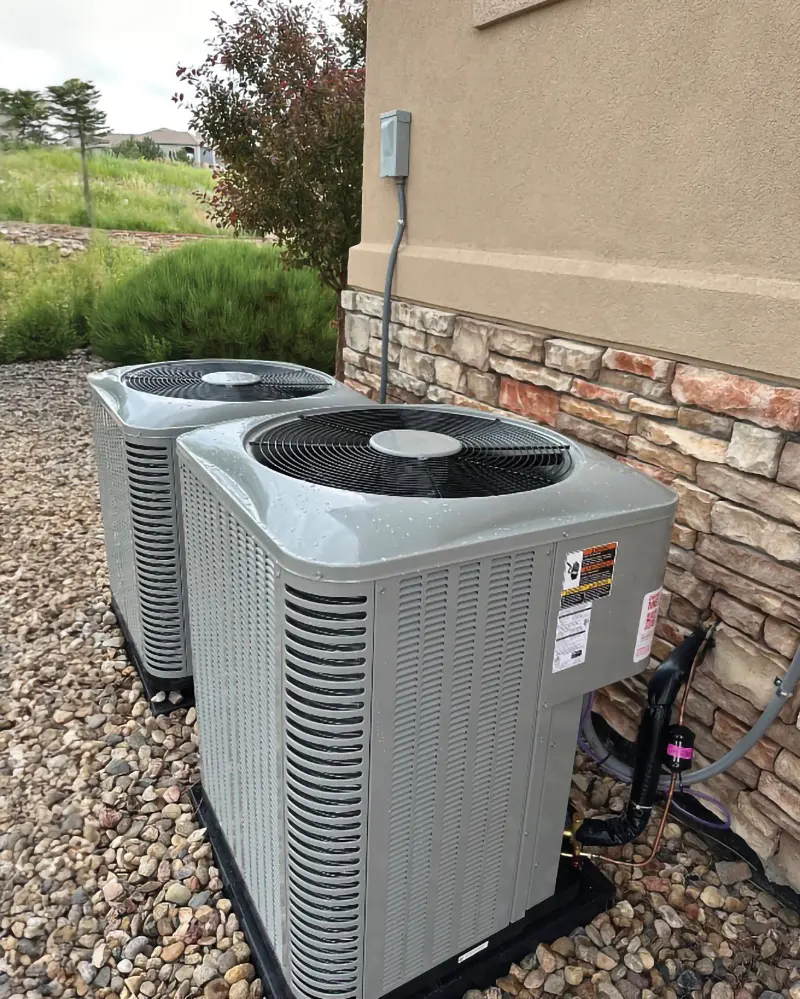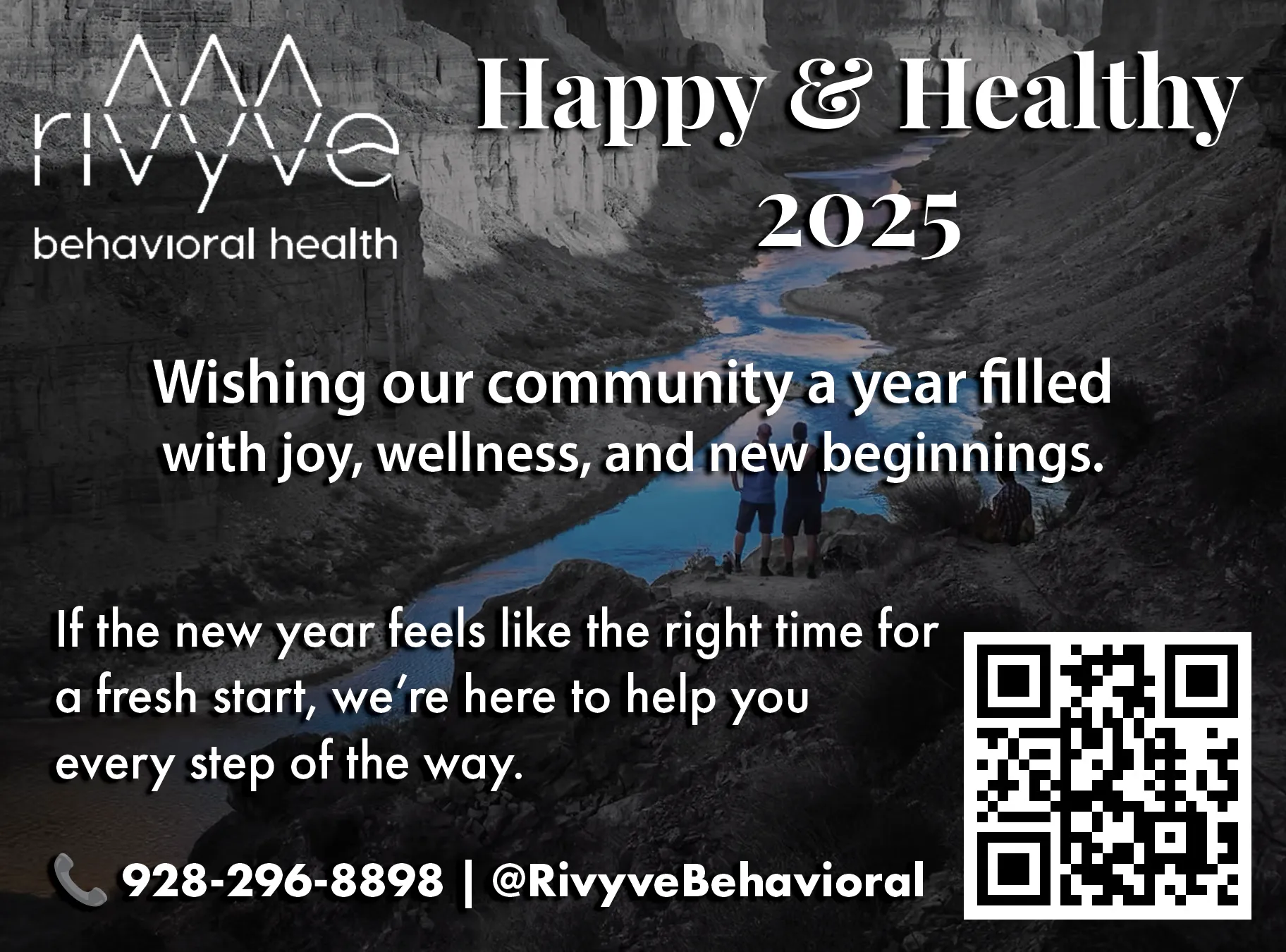MOHAVE COUNTY — For residents of Mohave County, surviving the intense summer heat is a yearly battle. With the area’s unique desert climate, choosing between a swamp cooler and an air conditioner for your home can be a complex decision. To stay comfortable while keeping energy costs under control, it’s crucial to understand the strengths of each system and when to use them based on the weather conditions.
Swamp coolers, also known as evaporative coolers, function by drawing hot, dry air across water-saturated pads. As the water evaporates, it cools the air, which is then circulated throughout your home. These systems work best in Mohave County’s dry climate, particularly during the early summer months when humidity levels are typically below 50%. One significant advantage of swamp coolers is their energy efficiency—they use about 75% less electricity compared to traditional air conditioners.
However, when the muggy monsoon season arrives or when temperatures soar above 100°F, it’s time to switch to air conditioning. Air conditioners operate by removing heat and moisture from the air, providing a more consistently cool indoor environment. They are essential for managing high humidity levels and are especially crucial for households with elderly residents, young children, or those sensitive to extreme heat.
To get the most out of your swamp cooler, it’s important to ensure proper ventilation in your home. Partially open windows or doors in various rooms to create a cooling draft that pushes the moist, cooled air throughout the house. Regular maintenance is also vital for optimal performance. Replace the cooling pads frequently and clean the filters and water tank to prevent the growth of mold and mildew, which can impact indoor air quality and efficiency.
When running your air conditioner, consider installing a programmable thermostat to automatically adjust the temperature when you’re away or asleep, saving energy without sacrificing comfort. Proper insulation is also essential for maintaining cool air inside your home. Seal any leaks or cracks around doors and windows, and check that your walls and attic have adequate insulation.
During milder periods, such as late spring or early fall, a strategic approach is to use both systems at different times of the day. Start with the swamp cooler in the morning when the air is at its driest, then transition to the air conditioner as humidity and temperatures rise in the afternoon. This allows you to capitalize on the energy efficiency of the swamp cooler while still ensuring a comfortable environment when conditions become less favorable.
In addition to selecting the appropriate cooling system, you can further combat the intense Mohave County heat by employing effective shading techniques. Install exterior shades like awnings or sunscreens to reduce the amount of direct sunlight that enters your home. Planting trees in strategic locations can also provide natural shade, especially on the south and west sides of your property. Choose deciduous varieties that offer cooling shade in the summer while allowing sunlight to warm your home during the winter months.
If your cooling units are older or less efficient, consider upgrading to newer, ENERGY STAR-certified models. Although this requires an initial investment, the long-term energy savings can be substantial, making it a wise choice for both your wallet and the environment.
The key to staying comfortable in Mohave County’s desert climate is to employ cooling strategies that are tailored to the unique weather patterns of the region. By making informed decisions about when to use a swamp cooler versus an air conditioner and implementing additional cooling techniques like shading and insulation, you can maintain a pleasant home environment while managing energy consumption responsibly. As the seasons change, continually assess your cooling needs and make adjustments as necessary. With regular maintenance and carefully considered upgrades, you can enjoy an optimally cooled home throughout Mohave County’s most challenging months and for many years to come.
— Emily Diaz
Tri-State Home, Garden & Lifestyle Show – Inspiration and Classic Cars Await
BULLHEAD CITY – Bullhead City’s premier event, the Tri-State Home, Garden & Lifestyle Show, is...
Read More






















